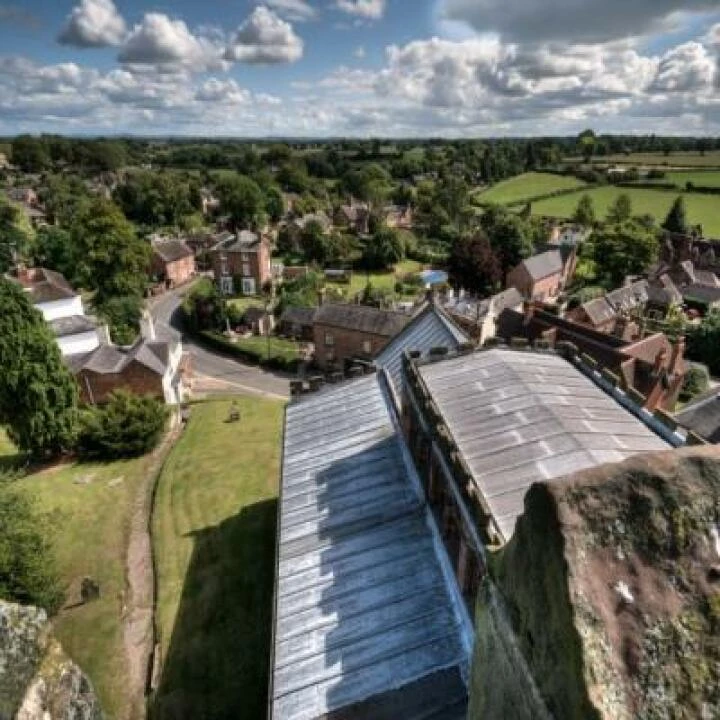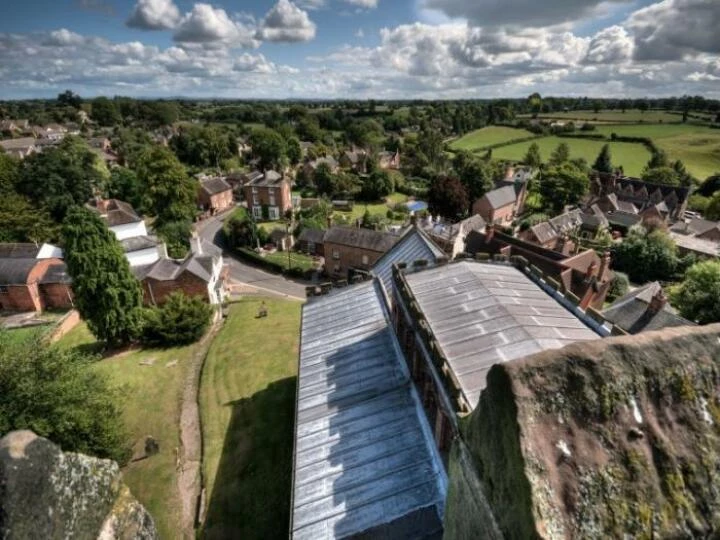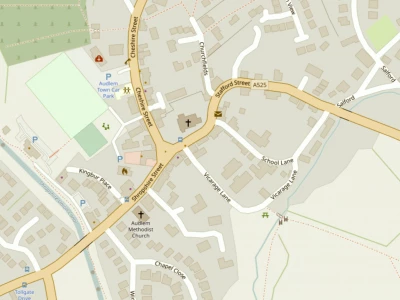







On 25th June 1848 a photograph of the June Days uprising became the first known instance of photojournalism. It was published as an engraving in L'Illustration, 1-8th July edition.
The June Days uprising was staged by the workers of France from 23rd to 26th June. It was in response to plans to close the National Workshops, created by the Second Republic in order to provide work and a source of income for the unemployed, albeit with pay just enough to survive.
On 23rd June the Comte de Falloux's committee issued a decree stating the Workshops would be closed in three days and that the options were that young men could join the army, provincials could return home or they could simply be dismissed.
The anger surrounding the closing of the Workshops increased, and shortly after that, the uprising began. In sections of the city, hundreds of barricades were thrown up which blocked communication and reduced the mobility of persons. The National Guard was called out to halt rioting; this sparked fighting once the guard and protesters clashed.
The labourers had now become insurgents and were breaking stones to use as barricades. The numbers of military members were estimated to be over 40,000; however, the number of insurgents was estimated to be higher and was growing as they travelled from house to house recruiting other citizens to join them, threatening them with death if they refused. The insurgents also seized many armouries to gather weapons.
By 26th June, the revolution was over. More than 10,000 people had been either killed or injured; around 1,500 troops and 3,000 insurgents died. Furthermore, over 4,000 insurgents were deported to Algeria. After the insurgents were crushed, all ideas of a revolution were abandoned.
The French Constitution of 1848 was adopted, stating that executive power should be wielded by a President of the Republic and that the people should elect this president every four years. Once a president was elected he would have the power to appoint Ministers and other high-ranking officials. The constitution provided provision for an Assembly of 750 legislators who were to be elected by the people every three years. After the constitution was enacted, elections were held.
Who won the election for president?
Find out here...
Louis-Napoleon Bonaparte, nephew and heir of Napoleon I, was elected.
After having been in power for three years, Bonaparte staged a coup d'état, extending his mandate for ten years; he went on to establish the Second French Empire.
This article is from our news archive. As a result pictures or videos originally associated with it may have been removed and some of the content may no longer be accurate or relevant.
Get In Touch
AudlemOnline is powered by our active community.
Please send us your news and views using the button below:
Email: editor@audlem.org


